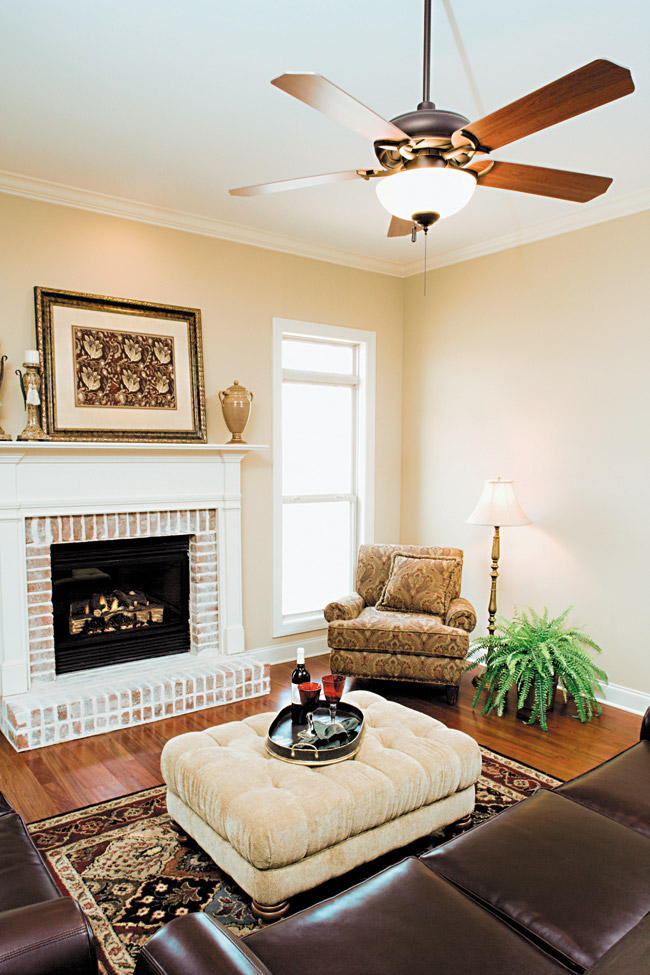 It seems as though every year has record-breaking temperatures. My husband Scott and I have been doing what we can to keep cool. We have upgraded our standing fans, opened all the windows, closed blinds and curtains during sunlight hours and minimized the use of appliances that give off heat.
It seems as though every year has record-breaking temperatures. My husband Scott and I have been doing what we can to keep cool. We have upgraded our standing fans, opened all the windows, closed blinds and curtains during sunlight hours and minimized the use of appliances that give off heat.
However, one thing we couldn’t do was turn on all of our ceiling fans. The ones we had were quite old and warped.
They wobbled and gave us the feeling they might come crashing down if we ran them. We decided it was time to replace them.
There are many factors to consider beyond appearances and price. If you’re in the market, keep these things in mind:
• Size. The size of the fan listed on the product refers to the blade span. The American Lighting Association recommends a fan 36 inches or smaller for rooms up to 75 square feet; 36 inches to 42 inches for rooms between 75 square feet and 144 square feet; 44 inches to 50 inches for those 144 square feet to 225 square feet; and 50 inches to 54 inches for rooms 225 square feet to 400 square feet.
• Height. Remember to factor in head clearance below your fan. For fans above the bed, make sure you have enough room to sit up without hitting your head. For low ceilings, flush-mount fans work great. For higher ceilings, you may need extension rods to bring the fans down to the ideal height, which is 8 feet to 9 feet above the floor, according to ENERGY STAR. For anything in-between, use the rods that come with the fan.

• Blades. Choose paddles that won’t warp over time. Plastic paddles are good options. If you prefer a wooden blade, make sure the material is sealed. Then, assess the pitch. A pitch between 11 degrees and 16 degrees usually does the trick. Typically, the steeper the pitch the more effective the fan can cool, however, the motor and number of blades also are factors. (Motor grades range from economy grade, which can be used for smaller areas for shorter periods of time, to performance grade, which are the most powerful and continually can be used.)
• Controls. If, like me, you’ve spent too much time fiddling with fan pulls, a remote control may be a better choice. One thing my mother-in-law taught me is that you don’t have to replace your fan to get one. You can get a stand-alone remote that relatively is easy to install on almost any brand and available wherever ceiling fans are sold.
Have a comment or question for Joanne? Email thefixisinhawaii@gmail.com.